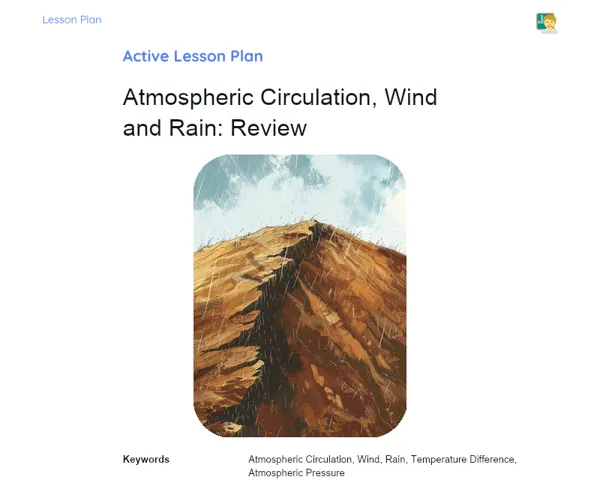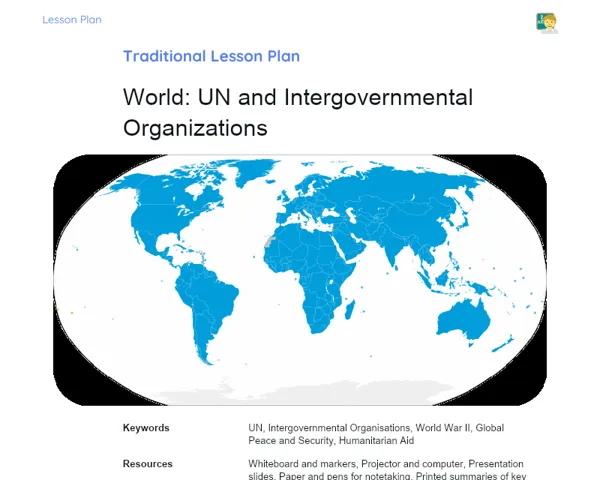Lesson Plan Teknis | Changes and Continuities
| Palavras Chave | Changes and Continuities, Critical Analysis, Historical Images, Timeline, Observation, Teamwork, Reflection, Geography, Job Market, Urban Planning, Architecture, Local History |
| Materiais Necessários | Projector, Old and recent images of a location, Kraft paper, Coloured markers, Glue, Scissors, Worksheet with before and after images of a location, Drawing paper |
Objective
Duration: (10 - 15 minutes)
This stage aims to introduce students to the concepts of changes and continuities over time, using visuals to aid comprehension. By honing practical skills in analysis and observation, learners will be better equipped to grasp spatial and temporal changes, which are essential for their academic journey and future careers.
Objective Utama:
1. Examine images of the same place from different periods, highlighting both changes and consistencies.
2. Enhance critical observation skills through the comparison of various time frames of a location.
Objective Sampingan:
- Foster students' curiosity and critical thinking abilities.
- Encourage active and collaborative participation in the activities.
Introduction
Duration: (10 - 15 minutes)
The aim here is to introduce the concepts of changes and continuities over time through image analysis. This approach will help students build essential skills for understanding spatial and temporal transformations, which are critical in their educational paths and career futures.
Curiosities and Market Connection
Did you know that professionals such as urban planners and architects frequently rely on old photographs and maps to guide their designs for new developments and renovations? It’s crucial for them to understand what has changed over time. Additionally, historians and geographers use this type of analysis to investigate how societies and environments have evolved.
Contextualization
Understanding changes and continuities is vital when looking at how our spaces and landscapes evolve over time. Take a moment to consider your neighbourhood: has it always looked as it does now? Unlikely. Areas develop, new structures pop up, trees are planted or removed, but many features—like streets or historical landmarks—stay the same. Grasping these changes helps us appreciate our past and better navigate our future.
Initial Activity
Display two images depicting the same location—one from the past and one current—and ask the students: 'What do you notice that’s different, and what has stayed the same?' Let them express their initial thoughts. This will ignite their curiosity and engagement in the subject matter.
Development
Duration: (50 - 60 minutes)
This stage's goal is to deepen students' insight into changes and continuities over time through hands-on and reflective activities. As they collaborate and share observations, students will strengthen their analytical, communicative, and cooperative skills, all of which are vital in school and in the workplace.
Topics
1. Defining changes and continuities.
2. Identifying changes and continuities in images.
3. The societal significance of changes and continuities.
4. Professions that benefit from the analysis of changes and continuities.
Thoughts on the Subject
Encourage students to think about how changes and consistencies impact their everyday lives. Prompt them to consider how the venues they frequent—like schools or parks—have transformed over time, and what aspects remain unchanged. Discuss how these alterations influence their daily experiences and well-being.
Mini Challenge
Creating a Community Timeline
Students will compile a visual timeline of a neighbourhood using both old and recent images provided by the teacher. They will highlight the changes and continuities observed over the years.
1. Split the class into groups of 4 to 5 students.
2. Hand out both old and new images of the same area to each group.
3. Provide kraft paper, coloured markers, glue, and scissors for their projects.
4. Instruct students to examine the images to identify changes and consistencies.
5. Help them form a timeline on the kraft paper by attaching images and annotating the changes and consistencies.
6. Encourage each group to present their timelines to the class, discussing their findings.
To enhance critical analysis and observation skills while promoting teamwork and communication.
**Duration: (30 - 40 minutes)
Evaluation Exercises
1. Ask students to illustrate a familiar place (like their house or school) as it was in the past compared to the present, showcasing changes and consistencies.
2. Hand out a worksheet featuring an image of a well-known location before and after renovation. Instruct students to circle the changes and underline the consistencies.
3. Organise a discussion circle for each student to share a notable change they’ve observed in their community, along with an important consistency.
Conclusion
Duration: (10 - 15 minutes)
This stage seeks to reinforce students' learning, ensuring they grasp the importance of the concepts discussed during the lesson and how to apply them in real-life scenarios. The final discussion and summary of main ideas will help solidify their knowledge and reflect on its application in their daily lives and prospective careers.
Discussion
Encourage a concluding conversation around what the students learned during the lesson. Probe how the practical exercise aided their understanding of changes and continuities. Ask them to reflect on how this knowledge might be useful in their daily lives and future careers. Ask: 'In what ways do you think changes and continuities shape our lives?' and 'How can we apply what we learnt today in the future?'
Summary
Summarise the key points discussed in the lesson: defining changes and continuities, their significance in grasping how places evolve over time, and the professions that utilise such analyses. Highlight how critically analysing images from various time periods can shed light on the history and development of a location.
Closing
Conclude by illustrating how today's lesson bridged theory and practice, demonstrating that changes and continuities are not just theoretical frameworks but practical tools in the job market. Reiterate the importance of keen observation and environmental analysis as skills that are invaluable both in everyday life and across numerous professions. Thank the students for their engagement and underline the relevance of this topic.



